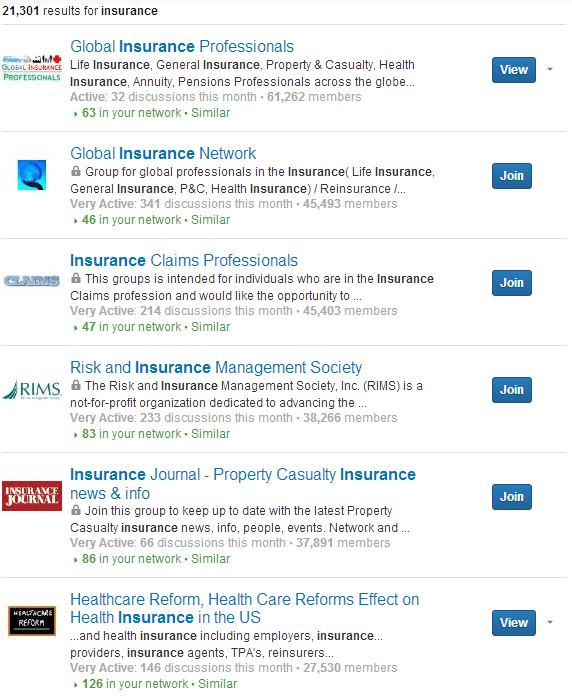I love the #AgencyLife hashtag on Twitter. For those who are unfamiliar, it’s mostly comprised of snarky witticisms and love (okay, and the occasional picture showing a coffee obsession bordering on unhealthy). What could be better, right? Thanks to my time here at DMG, I’ve been fully initiated into all that #AgencyLife has to offer. With that said, I thought I’d shed some light on what it’s like to a project manager in the digital marketing space.
What is my typical #AgencyLife day like?
I recently saw a submission on Medium.com that was broken down by minutes of the day–brilliant! Now that’s how I keep track of my hours:
7:55am – Check email
8:03am – Comm for Project X
8:18am – Task meeting with Team Member Y
8:38am – Check email
9:02am – Have a meeting that turns into another meeting that only ends when someone has to pee
And so on, for at least 8 hours. The thing is, there isn’t really anything typical about it. As the project manager, I’m the main line of communication for our clients. If a client calls, I stop what I’m doing and take the call. “Clients come first” is my motto, and I stick by it.
I like to say that my days are “atypically typical.” Normally, there is nothing normal about them.
What are some [things] I can’t live without?
Definition: [things] – (n.) physical objects, apps, odd objects that live on my desk.

We all have them–[things] we really, really like having at our desks. I basically can’t survive without the following (some of which are pictured above):
- A blender bottle
- A regular coffee cup to accompany my Tervis Tumbler (seriously, they keep coffee hot for so long!)
- A Moleskine notebook
- A physical calendar to back up my Google calendar
- A plethora of snacks
- My trusty, dusty Galaxy S4
- And some motivational words from two of my favorite companies: Quest and GNC
How do I keep an #AgencyLife/#RealLife balance?
The short answer is, I don’t.
Now, for the slightly longer answer. I tend to believe what is pointed out in this LinkedIn article about Work-Life Balance–namely that it doesn’t exist. You’re responsible for the choices you make, and you’ve got to deal with the consequences. Sometimes I’m working at 10pm to figure out an issue, and other times I take off an entire Tuesday and don’t even check my email (queue gasping).
This kind of voluntary devotion to #AgencyLife requires fully-integrated communication. I communicate with my team whenever possible. Most often, it’s as simple as “Hey guys, I have a doctor’s appointment later this week. I’ll set an email autoresponder, but text me if it’s critical.” I trust them to determine what’s critical vs. non-critical, and it works beautifully (one of the perks of having a great team to rely on!).
My #AgencyLife is a lot of things, including typically atypical days, several cups of coffee, and a tightrope of convincing myself not to check my email every 14 minutes on a Saturday. My favorite parts, though, are getting to work with an amazing group of people and creating some awesome work. Bossing my friends around is pretty fun, too.




